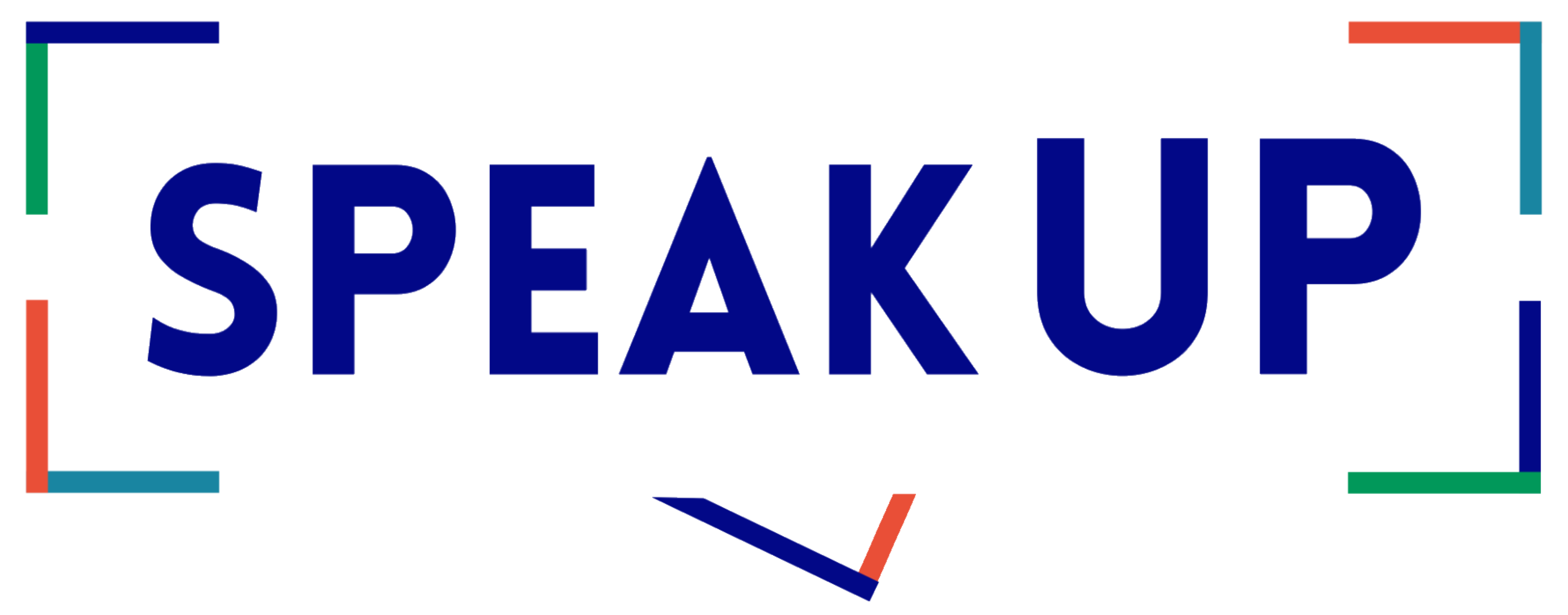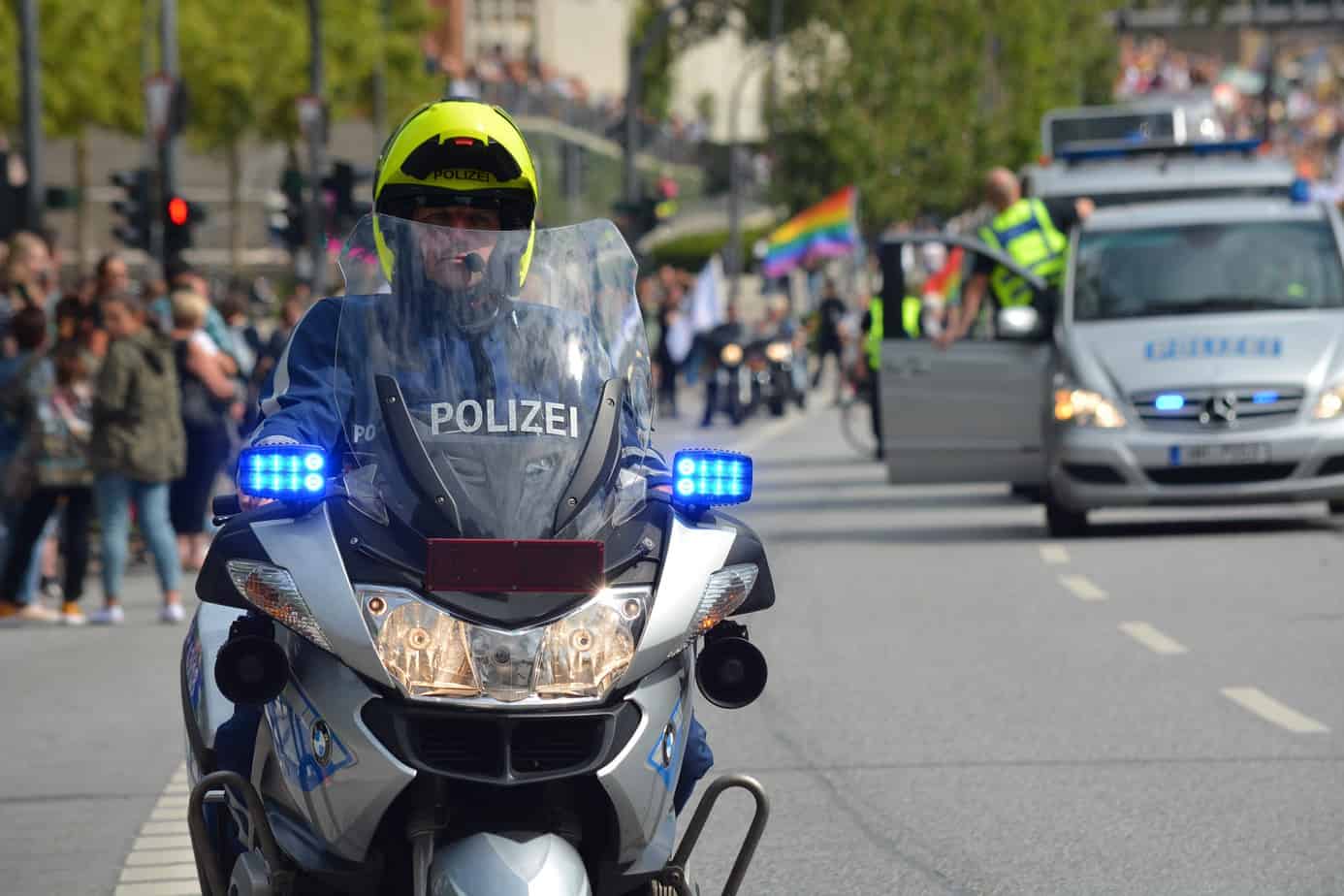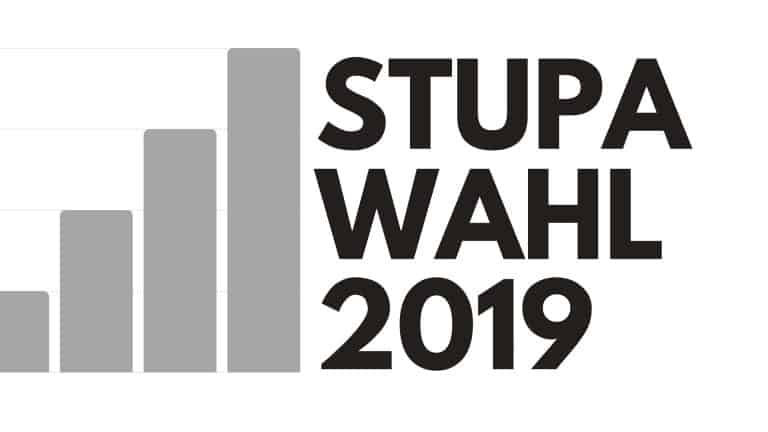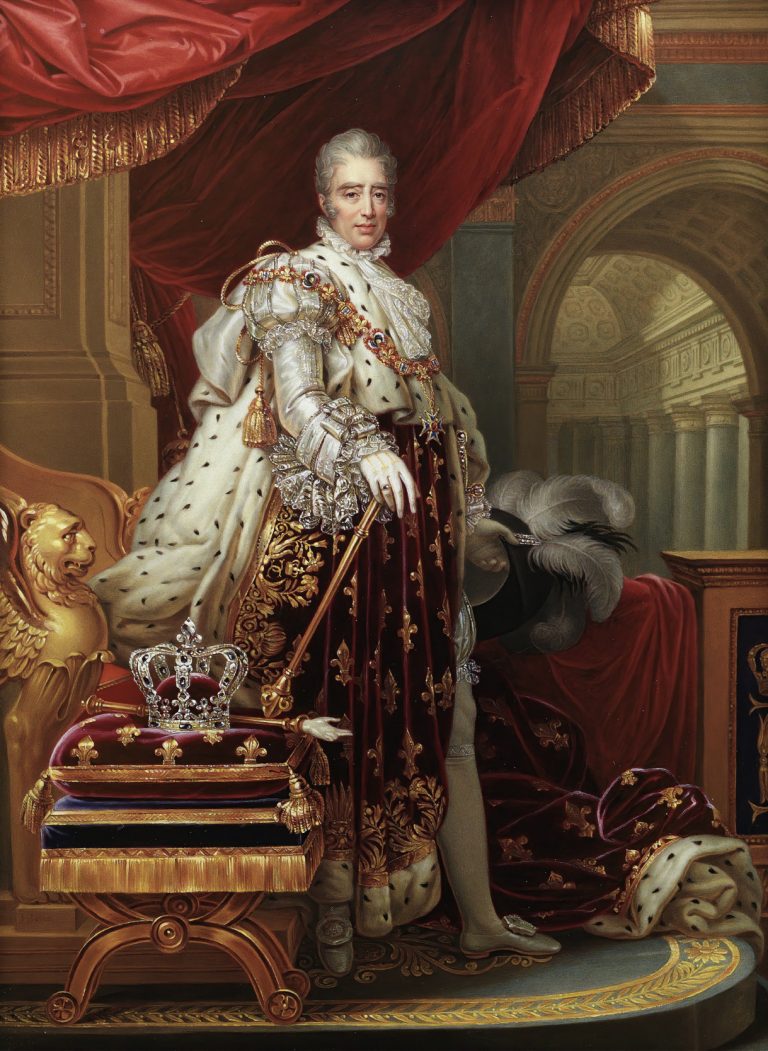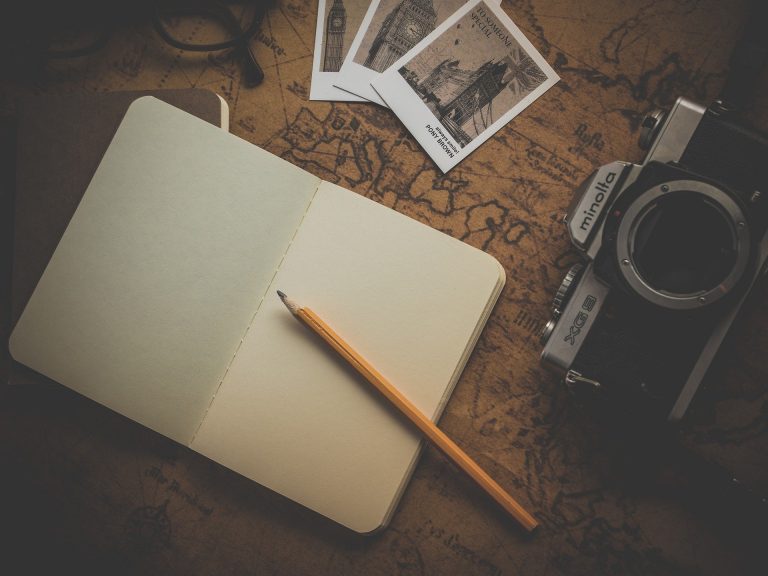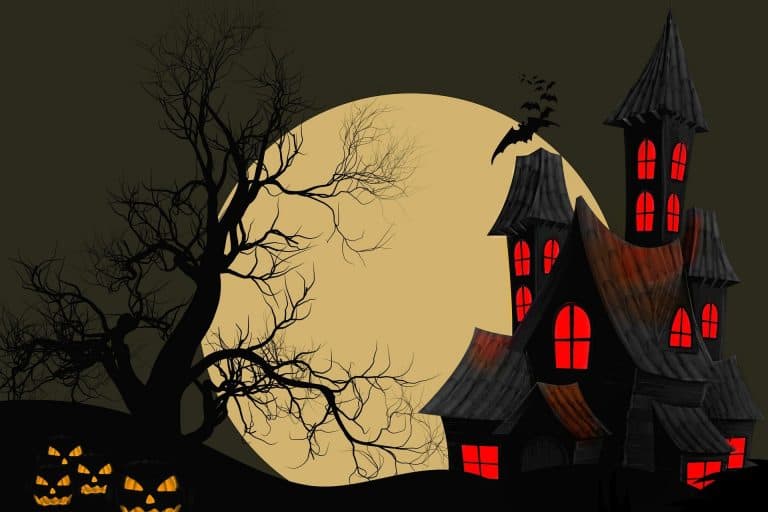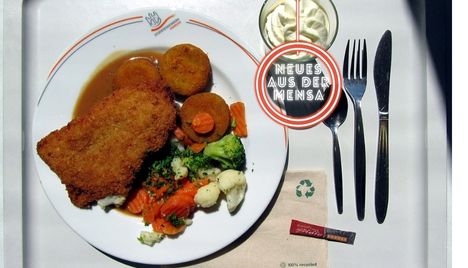Policing Pride – Protecting and serving the queer community?
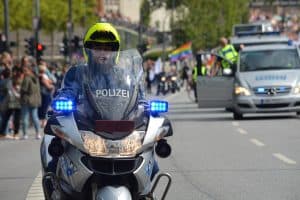
Seeing that the relationship between the queer community and the police has always been a contentious one and, now more than ever, police conduct and the institution itself is rightfully being scrutinised and condemned: should there be police at Pride parades? by Annette Steyn.
I wouldn’t go so far as to say that I am boycotting the “mainstream” Christopher Street Day, but I do tend to avoid events that I feel have lost touch with the true intent of Pride: protest. I feel Pride is often viewed as a mere celebration. Of course, the queer community has a lot to celebrate – a lot of progress has been made – and openly expressing and taking pride in an identity or a community that has been stigmatised and oppressed for so long is a powerful form of protest, an act of defiance. However, that often goes hand-in-hand with Pride and the history of the Queer Liberation Movement essentially being whitewashed and stripped of its political core by, overwhelmingly, white cis-gender men who are ignorant and dismissive of the struggles other groups within the community and especially queer POC still face.
It is precisely that spirit of defiance that is often lacking at commercialised Pride events that I recognised amongst the protestors at the “Internationalist Queer Pride Demo” in Neukölln – an event organised as an alternative to accommodate any and all that do not feel represented by the official Christopher Street Day. It was coordinated by QuARC, Migrantifa and many other activist groups including Palestine Speaks, Berlin Against Pinkwashing and many more. Around 10,000 protestors gathered at Hermannplatz and started marching down Kottbusser Damm to celebrate “anti-racist, anti-colonial, anti-capitalist Pride”.
Just as the bulk of the parade had crossed the Spree heading towards the Kottbusser Tor, one of the organisers was arrested – according to reports, for being obstructive towards journalists covering the event. Fellow protestors at the time and the organisers, as was made clear in their statements following the event, saw it as a justifiable reaction to journalists who were continually disregarding the protestors wishes and kept taking close-up photographs of them without consent.
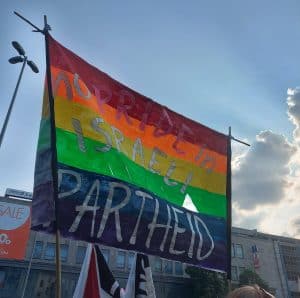
A group of protestors followed as the organiser was brought to the police vehicle standing by and proceeded to block it, attracting a larger crowd of protestors in the process. The air was heavy with contempt as marchers broke out into chants of “Ganz Berlin hasst die Polizei” (“All of Berlin hates the police”) and the like.
The organiser was released soon after and the march resumed its original route, but incidents like this and the atmosphere of hostility between police and protestors are all too common and are often sensationalised in the media coverage of Pride events.
The Police and the Queer Community
Police around the globe has been under heightened scrutiny as of late. Police brutality and abuses of power and institutional racism and right-wing extremism on the force have become too glaring to disregard any longer: from the murder of countless Black Americans to the excessive force used by police to break up protests in Myanmar, Hongkong, Colombia etc.
It has become clear to many that the police has too many resources, too much funding, too much power and too little accountability; that (literally and figuratively) arming a small subset of a society that is saturated with exclusionary ideology, bias and bigotry and entrusting them to protect and serve the community at large is rather reckless. As a result, calls to ban or defund the police – diverting the funds into more worthy and effective public services – or at the very least to investigate police forces more carefully and adjust the police system to fix its painfully obvious and horrifyingly consequential flaws have become more urgent.
The relationship between the police and the queer community has historically been extremely contentious. The Stonewall Uprising of June 1969, which is considered the catalyst for the Queer Liberation Movement, was a riot against police brutality: during the 60s, police continually raided bars, parks etc. across America that were known or suspected to be frequented by queer people, terrorising and arresting the community on a regular basis – same-sex sexual activities remained illegal in some states up until 2003 and homosexuality was defined as a mental disorder until the late 80s.
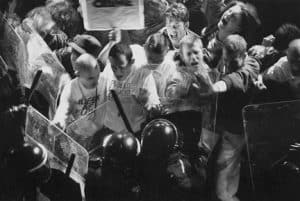
During one such raid on the Stonewall Inn, a bar in Greenwich Village, New York, the community, first and foremost trans women of colour like Sylvia Rivera and Marsha P. Johnson, fought back.
And yet since, too many instances of police brutality and decades of police negligence and harassment have fostered a relationship of distrust, scepticism and hostility between the police and the queer community: report rates for anti-LGBTQ+ hate crimes remain low and many LGBTQ+ people report being harassed or brutalised by the police, especially trans people of colour.
This, for many, raises the question (now more so than ever): what role should the police be playing at Pride events?
Should there be police at Pride?
Some argue that police should be welcomed at Pride events in order to mend the relationship, to foster trust and to give the police an opportunity to show solidarity with the queer community. However, having the police – an institution that, many feel, has not changed significantly since those first riots and that is actively hostile towards many members of the community – at Pride events is, for many, an affront.
Pride is, literally by definition and design, a harmonious event. Even the internationalist queer Pride demonstration, that was, in the media, branded more radical by virtue of its overlap with other politicised causes, took place under the motto “none of us are free until all of us are free” and promoted unity and solidarity. Increased police presence and vigilance at Pride events feel like a wilful misinterpretation and vilification of the queer community and their intentions; increased police presence at a Pride event organised predominantly by and for BIPOC feels like racial profiling.
Now, obviously, it is customary for the police to oversee events such as protests, marches etc. at which large groups of people are gathered in a public sphere – especially when these events involve closing off streets and re-directing traffic. And this year, with the pandemic still raging on, the police has taken on the added responsibility of enforcing public health guidelines against COVID – mask-wearing and social distancing.
Although the legitimacy of the institution of police itself and the idea of social order and it needing to be protected by an armed force can very much be questioned, organisers, activists and attendees concede that Pride events (or any mass events for that matter) without any police supervision are still unimaginable – they are merely arguing that uniformed officers should not be allowed to participate in the march or parade, that the police should stick to the peripheries of the event, interfering as little as possible, and that community volunteers should take on the role of overseeing the event itself.
This is not merely about making a statement of solidarity with those that have suffered at the hands of the police, nor is it only about returning to the spirit of the Stonewall Uprising: it is very much an attempt to protect the community and to create a safe space for ALL members of the LGBTQ+ community regardless of their race, their religion, their gender identity or their citizenship or residency status.
